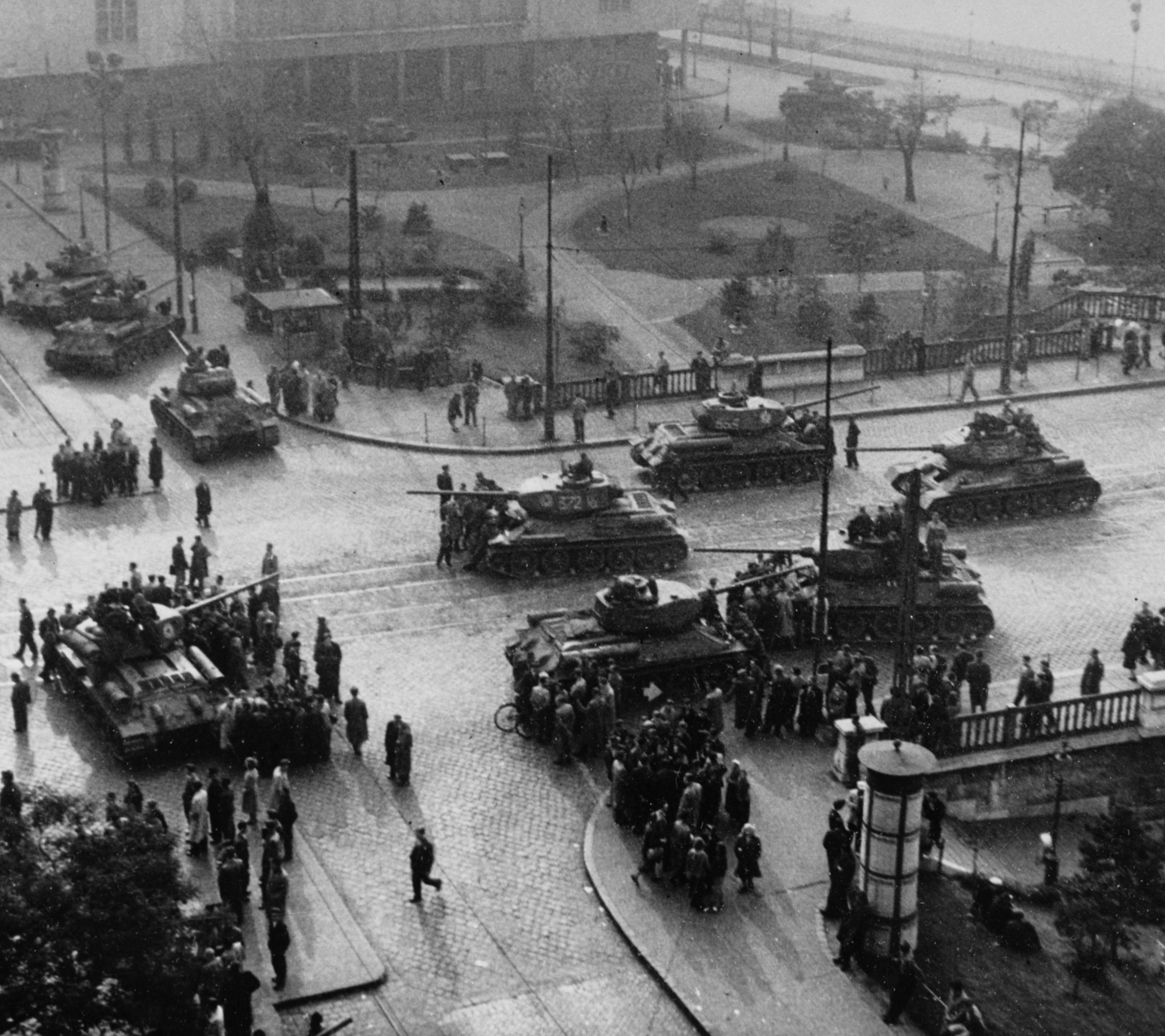
At the end of the Second World War Europe was in a chaotic state. The defeat of Nazi Germany (and partner regimes such as Italy, Hungary and Romania) by the combined armies of the Soviet Union and the Allies (Britain and the USA) meant that the areas conquered by Hitler’s forces were now supposedly free. However, this liberation would result in a very different outcome in Eastern, as opposed to Western, Europe. In Western Europe the countries of France, the Netherlands, Norway and Denmark would be freed from occupation and become independent nations once again. In the East this did not happen.
The reasons for this were various, but chiefly lay in the fact that it was Soviet forces under Stalin’s dictatorial regime that now controlled the whole of Eastern Europe. The Baltic States and parts of Finland and Poland had been occupied by the Soviets while they were allies of Nazi Germany between 1939 and 1941. The rest of Eastern Europe came under Soviet control after the German-led invasion of 1941.
Your organisation does not have access to this article.
Sign up today to give your students the edge they need to achieve their best grades with subject expertise
Subscribe




